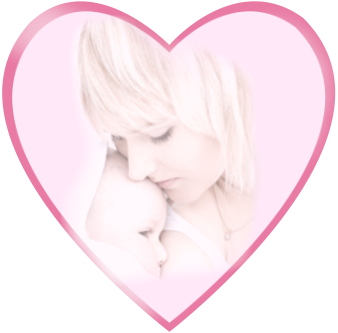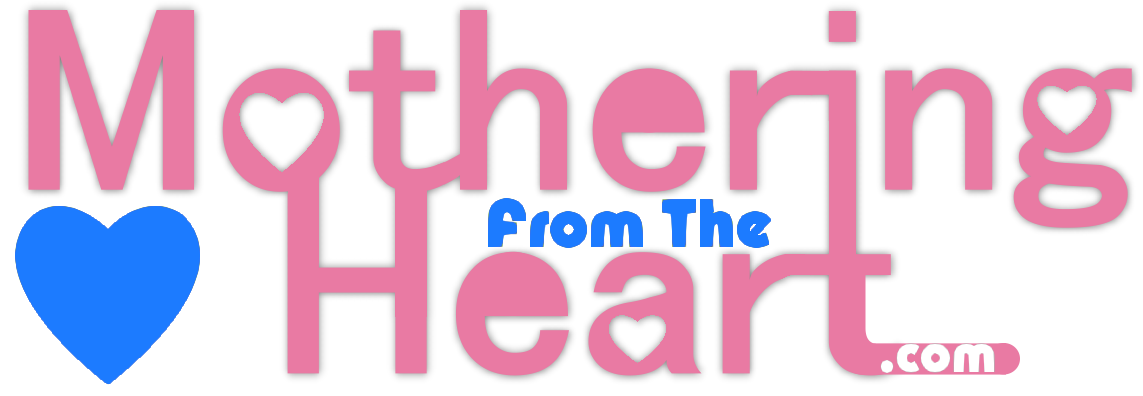
Navigation
HomeProduct Catalog
Contact
About Us
Services
Shipping & Returns
Low Price Guarantee
Product Categories
BreastpumpsBreastpump Accessories and Parts
Feeding devices
Nursing Accessories
Rentals
Breastfeeding Help
Breastfeeding Help OnHelp for Flat or Inverted Nipples!!
Help for Nursing Moms
Breastfeeding Info
Why is Breastfeeding So Important?101 Benefits of Breastfeeding
What do the Scriptures Say About Breastfeeding?
Breastfeeding: It's Every Woman's Right
Mothering From The Heart

Promote Your Page Too

Yeast/
Thrush/ Candidia
Treatment
Please discuss with your primary
health care provider about
which medications to use, frequency, and amount.
This is to be considered an instruction sheet to accompany the plan of care from your physician and lactation consultant. It is not to be used in place of seeking medical attention.
- Continue Breastfeeding!
- Apply a light film of ___(per order of MD)___on your nipples after each feed, for 14 days.
- Baby and Mother needs to be treated at the same time to prevent reinfection.
- Pediatrician is to order medicine for baby. If baby is being treated with Nystatin: Do not place dropper in baby's mouth. Pour the amount of medicine ordered into a medicine cup and use a cotton swab to apply to all surfaces inside of the mouth. The medicine left over can be given to the baby to drink. (This prevents contamination of the medicine when placing the dropper back into the container.)
- Treat all possible sources of yeast: Vaginal yeast will need treatment. Your husband may need treatment since cross-infection is likely; condoms during intercourse is advised.
- Do not express milk on sore nipples after a feed the way you were instructed in the first few days after delivery. Yeast thrives on the milk and moisture. Instead nipples should be rinsed after each feed with clear water and air dried, expose to sun after a feed may be helpful.
- Good handwashing is a must! After going to the bathroom and diaper changes...Use warm
soapy water and a lot of friction for at least 15 seconds.
Using a clean paper towel for hand drying during the outbreak of yeast is helpful because the organism can live on a moist towel. - Bath towels should be washed after one use and a separate washcloth used for the genital area.
- Wash all towels, bras, nightclothes, sheets, washcloths in very hot water. Adding a cup of vinegar to the final rinse is helpful.
- Replace wet bra pads after each nursing or more frequently if needed. Avoid bra pads with plastic backing.
- Boil once a day for 5 minutes anything that comes in contact with the breastmilk or baby's mouth, such as: teething toys, breastpump parts, bottles, nipples, pacifiers, and cloth breast pads. After a week of treatment, discard all bottle nipples and pacifiers and purchase new ones.
- If the baby has diaper rash, rinse the area after each diaper change and keep the area clean and dry. You can soak the diaper area in lukewarm water for 5-10 minutes several times a day and then allow it to air dry, fanned with warm dryer, or indirect sun exposure. Apply an appropriate anti-fungal cream. (Moisture left behind by some baby wipes and corn starch can promote the growth of yeast.)
- Expressed breastmilk is fine to feed to the baby, (some literature suggest not freezing it during the outbreak for later use, but moms have been doing it for years without recurrent infection).
- Use a solution of 2 tablespoons of household bleach to 2 2/3 cups of water, to disinfect surfaces such as changing pad, toys, etc..
- In mild cases, relief can be felt within 24-48 hours; in other cases, it could take up to 5 days or longer for symptoms to disappear. Treatment needs to be continued for 10 days after symptoms disappear.
- To make nursing less painful, offer shorter frequent feeds, nurse on the least sore side
first, pay close attention to good positioning and latch on, break the suction before
taking the baby off the breast, and taking something for pain may provide relief.
Some strains of Candida albicans have become resistant to nystatin, if this is the case, another medication may need to be considered.
If nipples become worse after topical treatment, consider possible allergic reaction, stop medication, and contact MD.


